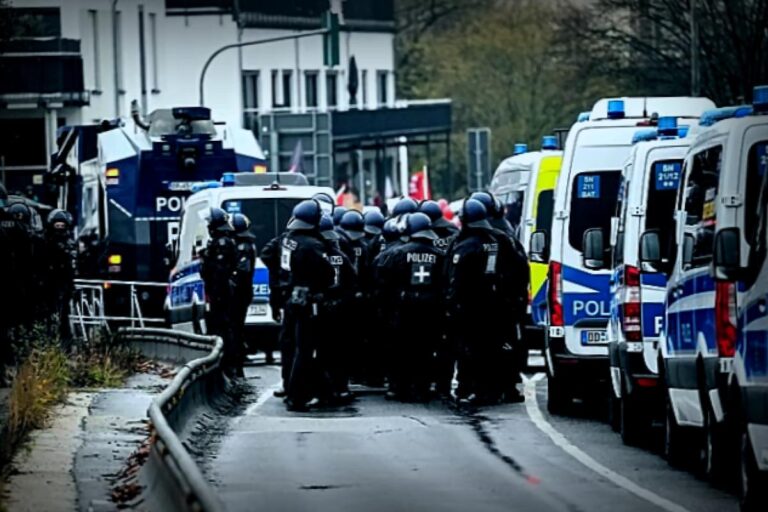
A significant change is coming for how we deal with sex offenders, thanks to a new law that will restrict their movements significantly. Under this new system, those found guilty of violent or sexual offenses will be required to stay within specific boundaries after their release from prison, continuing to comply with this limitation for the remainder of their sentence.
The Ministry of Justice has officially announced plans to introduce what they’re calling “restriction zones.” Unlike the current “exclusion zones,” which aim to prevent offenders from entering areas where their victims reside, these broader restriction zones will limit their overall freedom of movement, confining them to pre-defined areas.
Hetti Barkworth-Nanton and Diana Parkes, who work with the Joanna Simpson Foundation, which advocates for victims of domestic abuse and has pushed for this change, are thrilled. They referred to the initiative as “a powerful step forward,” emphasizing that this new law offers survivors much-needed freedom to rebuild their lives.
In their statement, they elaborated: “By placing limits on offenders rather than on survivors, this policy allows those affected to live and recover free from fear. It’s also going to be more efficient for authorities because monitoring these specific confined areas is much simpler than keeping tabs on various exclusion zones that relate to victims’ homes.”
Diana Parkes tragically lost her daughter, Joanna Simpson, who was murdered by her husband in 2010, leaving behind two young children who witnessed the horrific crime. Moving forward, the tool for determining these zones will involve open dialogues with victims and assessments conducted by probation officers to evaluate risks.
Using geotagging and tracking technologies, authorities will monitor offenders, making sure they stay within their assigned confinement areas.
A survivor of domestic abuse identified as Leanne shared her thoughts on the new regulation, stating it is “well overdue.” This 54-year-old mother expressed how she would have advocated for the creation of restriction zones to encompass areas around her children’s school, local grocery store, and other familiar places, where she often felt threatened despite having restraining orders.
“Having those zones in place would give me peace of mind knowing I can access those locations safely. It’s about being heard,” she noted.
In support of the new measures, reality TV personality Georgia Harrison, also a victim of revenge porn, highlighted a crucial point: “Why should a survivor be forced to limit themselves? It really makes more sense for perpetrators to be restricted instead of survivors being left to pick where they might need to stay safe.”
The Hampshire and Isle of Wight Police and Crime Commissioner Donna Jones praised the establishment of these restriction zones. However, she raised concerns that they might unfairly affect government decisions regarding the release of certain offenders.
She cautioned that there must be clarity around the terms for violent offenders if they need to be sent back to prison; currently, there’s only a 28-day opportunity that’s inadequate as a deterrent, according to her commentary.

The Ministry of Justice also discussed a financial increase of up to £700 million over the next five years designated to support further implementation of tagging for offenders. Additionally, they plan to recruit at least 1,300 new trainee probation officers next year to bolster resources.
Another upcoming change will provide victims of rape and other sexual offenses with free access to copies of sentencing remarks.
These initiatives are part of the Labour Party’s essential promise to cut violence against women and girls in half. Meanwhile, they face criticism from individuals like Nigel Farage, who has recently launched Reform UK’s “Britain is Lawless” campaign, calling for more transparency from the police regarding the identities of charged individuals.
Vanessa Frake, an ex-prison governor and now justice advisor for Reform UK, has also advocated for the UK to adopt systems similar to America’s “supermax” prisons to enhance security and monitoring.





















